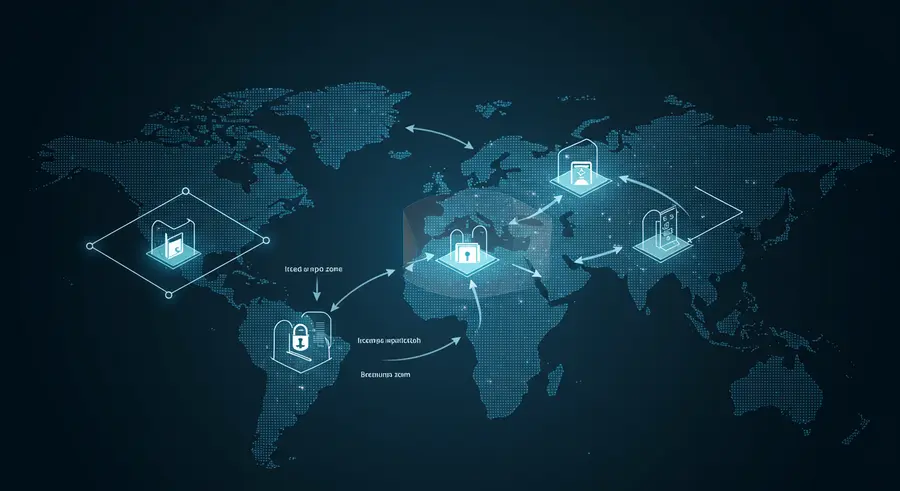Network Microsegmentation: A Pillar of Zero Trust
Understanding how microsegmentation enhances security by limiting lateral movement and containing breaches.
What is Network Microsegmentation?
Network microsegmentation is a security technique that enables the creation of highly granular security zones within a data center or cloud environment. Unlike traditional perimeter-based security, which focuses on securing the network edge, microsegmentation assumes that threats can exist inside the network. It isolates workloads and applications from each other, enforcing security policies at the individual workload level rather than at a broader network segment level.
In a Zero Trust model, microsegmentation is crucial because it embodies the "never trust, always verify" principle. It ensures that even if an attacker gains access to one part of the network, they cannot easily move laterally to other sensitive areas. This significantly reduces the attack surface and minimizes the potential impact of a breach.

Key Benefits of Microsegmentation in Zero Trust
- Reduced Attack Surface: By isolating workloads, microsegmentation limits the exposure of critical assets.
- Improved Threat Containment: If a breach occurs, microsegmentation prevents attackers from moving freely across the network, containing the threat to a specific segment.
- Enhanced Compliance: It helps organizations meet regulatory requirements by enforcing strict access controls and demonstrating isolation of sensitive data.
- Granular Policy Enforcement: Security policies can be applied to individual applications or workloads, ensuring only necessary communication paths are open.
- Simplified Security Operations: While seemingly complex, microsegmentation can simplify security management by allowing consistent policies across diverse environments.
Implementing Microsegmentation
Implementing microsegmentation involves several steps:
- Identify and Map Applications/Workloads: Understand the dependencies and communication flows between your applications and workloads.
- Define Security Policies: Create policies based on the principle of least privilege, specifying exactly what each workload is allowed to communicate with.
- Choose the Right Technology: This can include network-based segmentation (VLANs, VRFs), host-based firewalls, or specialized microsegmentation platforms.
- Test and Monitor: Thoroughly test your segmentation policies to ensure they don't disrupt legitimate traffic and continuously monitor for violations or anomalies.
Many organizations leverage tools that integrate with their existing infrastructure, such as cloud-native security groups or third-party solutions that provide visibility and automation for microsegmentation.
Microsegmentation and East-West Traffic
Traditional security often focuses on "north-south" traffic (in and out of the network). However, a significant amount of malicious activity occurs as "east-west" traffic, moving laterally within the network. Microsegmentation is particularly effective at securing this internal traffic, preventing attackers from exploiting vulnerabilities on one compromised system to access other systems in the data center or cloud.
By applying granular policies to east-west traffic, organizations can detect and block unauthorized lateral movement, significantly bolstering their overall security posture within a Zero Trust framework.
For more details on securing internal network traffic and other advanced cybersecurity topics, consider exploring resources from leading cybersecurity research firms like Gartner Security & Risk Management or delve into the latest threat intelligence from Mandiant Threat Intelligence Blog.
Conclusion
Network microsegmentation is a powerful and essential component of a robust Zero Trust Architecture. By moving beyond perimeter-centric security and focusing on granular workload isolation, organizations can significantly enhance their ability to prevent, detect, and contain cyber threats, ultimately building a more resilient and secure digital environment.
Ready to learn more about the practical steps to implement Zero Trust? Visit: Implementing Zero Trust